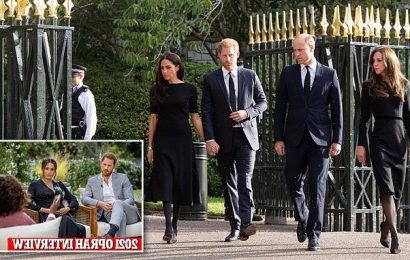The Green Guide: how sustainable is PrettyLittleThing? Jessica Carroll challenges fashion’s eco credentials
This week, Jessica Carroll asks the question: how sustainable is PrettyLittleThing?
Bikini top, £15, and bottoms, £10, prettylittlething.com
Packaging
Based in Manchester and owned by Boohoo Group, PrettyLittleThing is a fast-fashion brand aimed at 16- to 24-year-olds so the unicorn-print mailing bag is sure to appear on some of its 6.3 million customers’ Instagram feeds ‒ clever marketing but the package is plastic. Inside, each item is wrapped in more plastic.
Materials
This bikini is made of polyamide, elastane and polyester – all different types of synthetics. To be fair, it’s almost impossible to find swimwear made without any plastic at all.
Suppliers
This bikini was made in China ‒ but we don’t know precisely where. After an external report into Boohoo Group’s supply chains in 2020 flagged subcontracting as a major issue, the company joined the Open Apparel Registry, which lists every factory it works with – yet the origin of this bikini remains unclear.
Carbon Footprint
The manufacture of synthetic fibres creates almost double the CO2 footprint of the production of natural fibres, which gives this bikini a poor rating. Lots of brands use recycled polyester, and PLT is introducing some styles made from reworked fabrics ‒ either of these would make for a more eco-conscious option.
The Extra Mile
In a bid to reduce clothing going to landfill, PLT has partnered with Regain App, which helps customers send unwanted items to charity. However, the reward for using the app? Money off future Pretty Little Thing orders.
Verdict
Lots of plastic packaging and synthetic fabric make this a difficult purchase. Plus, there’s far too much ambiguity around who’s really making the clothes.
Our rating: 1 stars out of 5.
Source: Read Full Article








